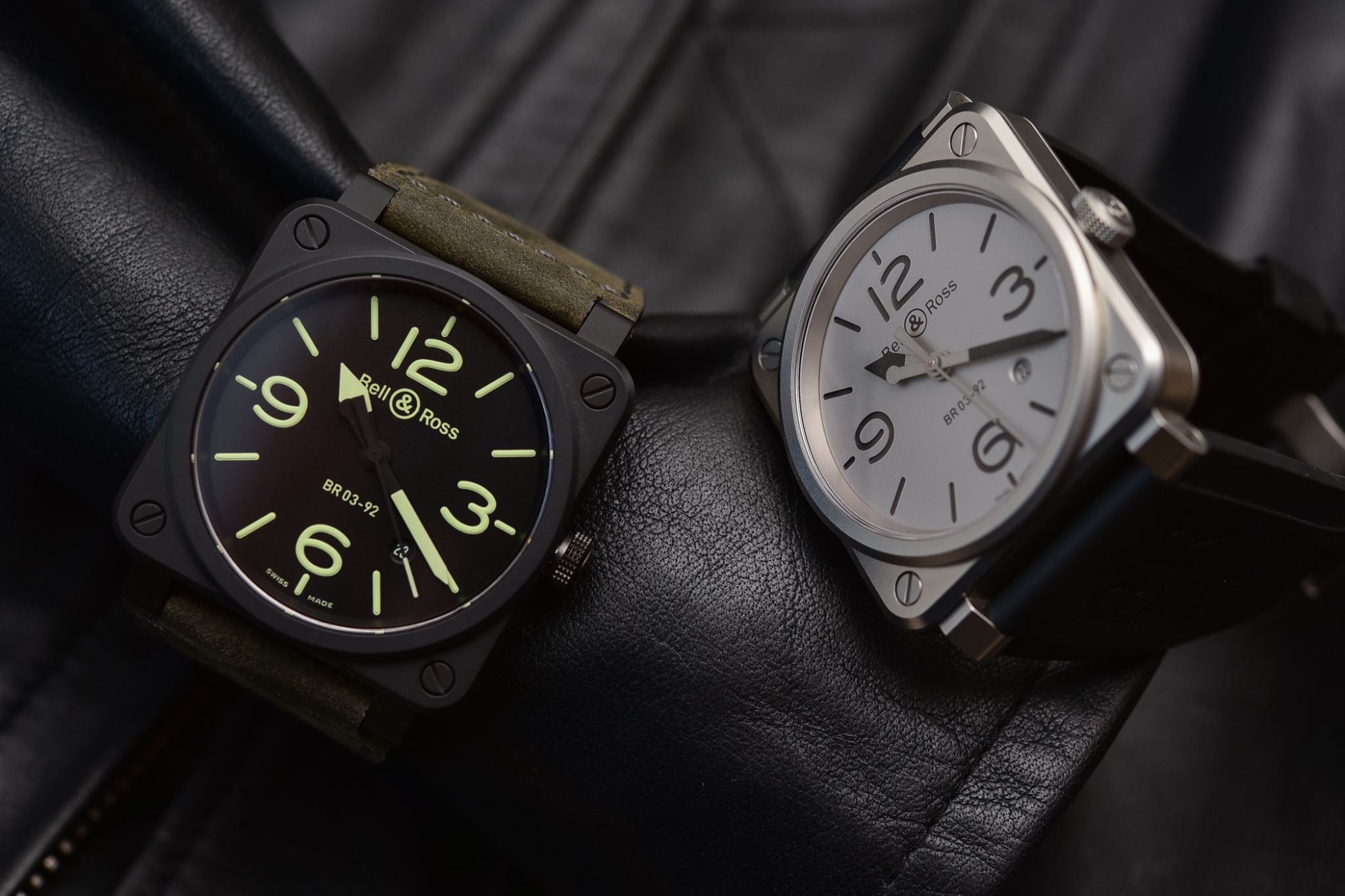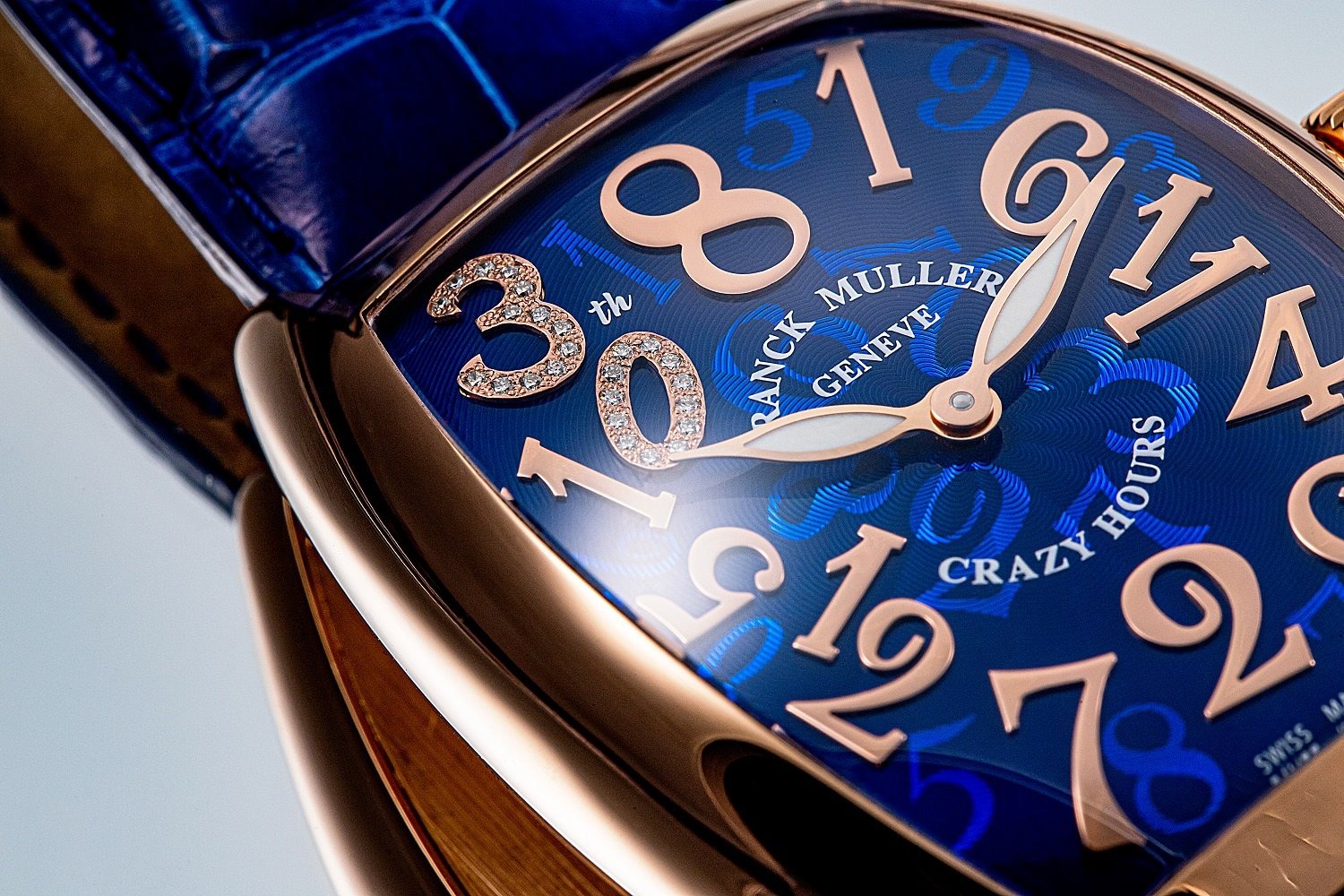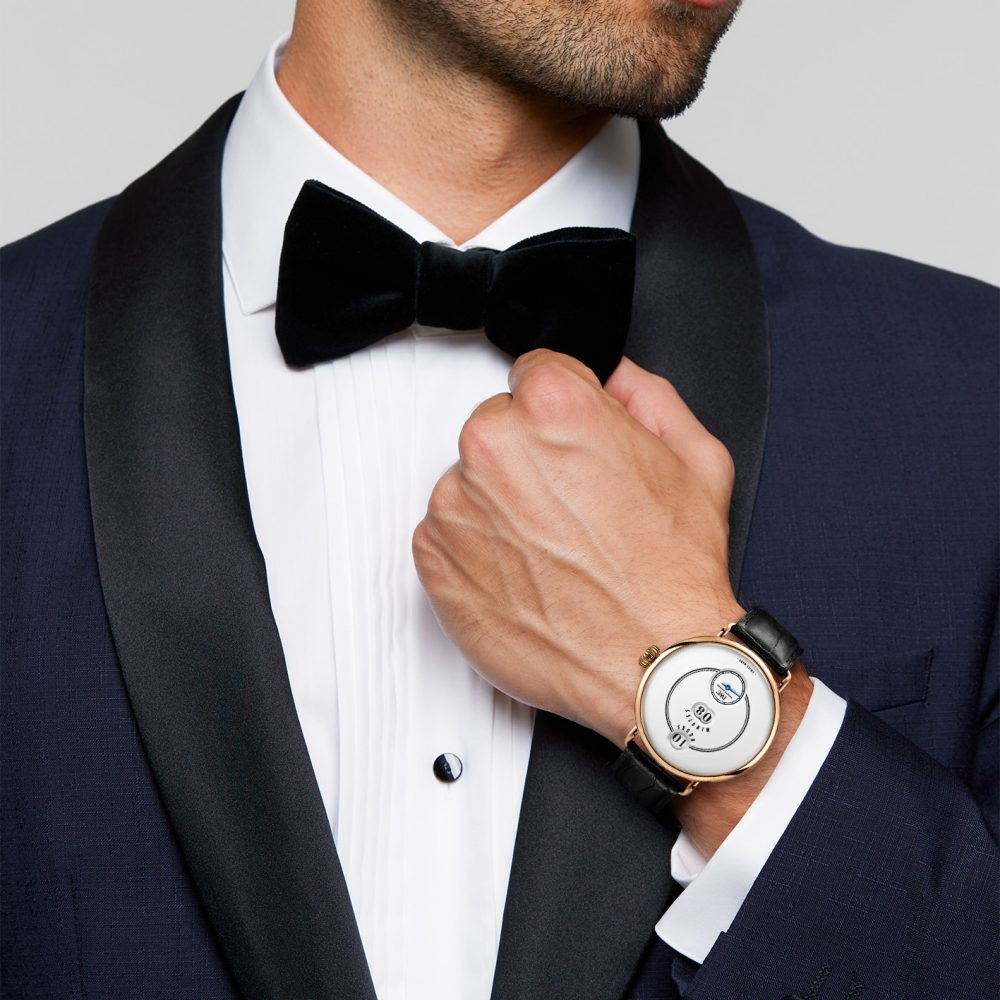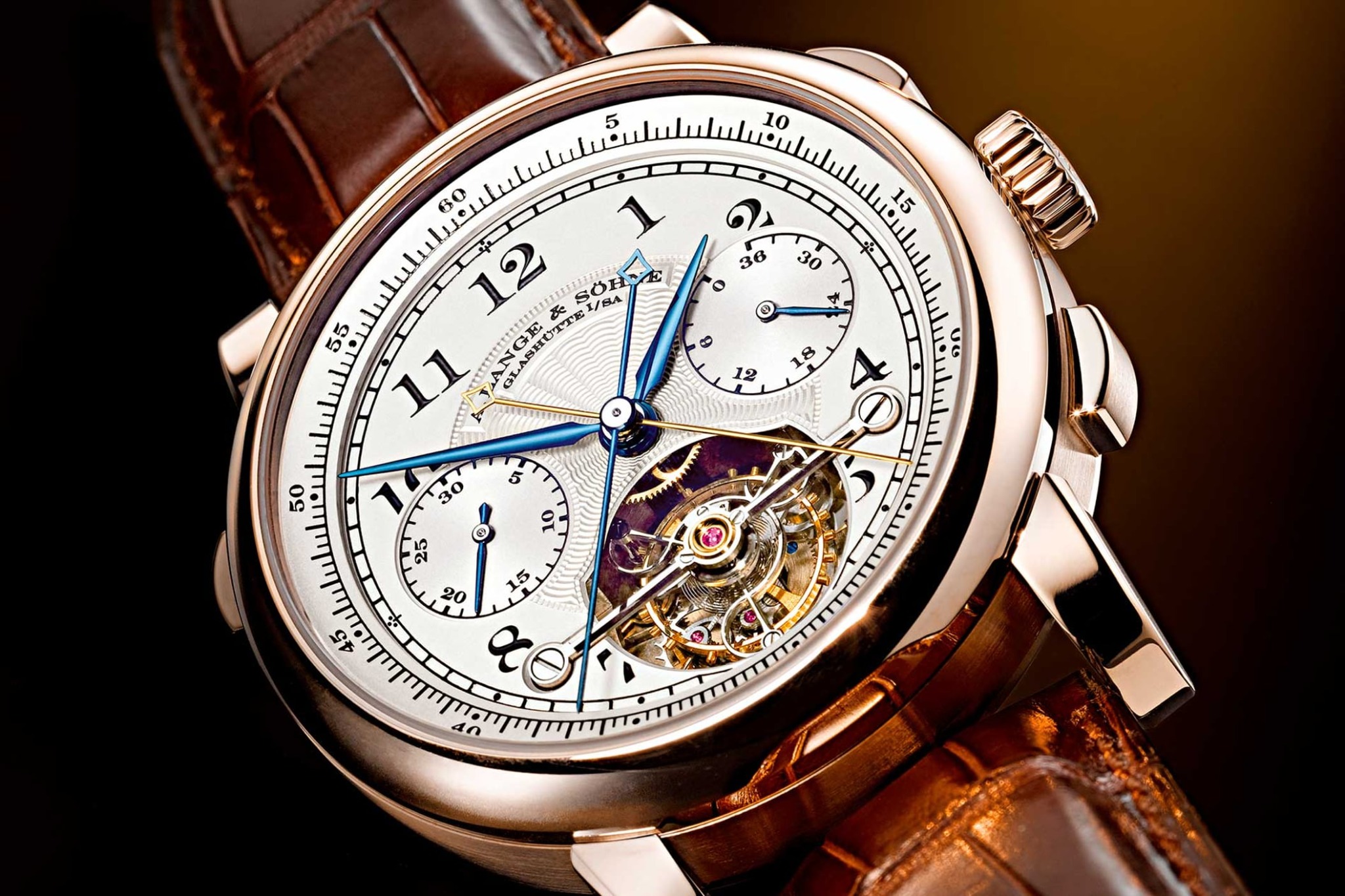Rebel with a Cause: The Iconoclastic Watch Designs that Changed the Industry
Journey into the hallowed halls of horology to discover the rebellious watch designs that have changed the way we think about time
First published in ELLE Men | In-Depth By Angelyn Kwek

THE IMMUTABLE NATURE OF TIME ensures that it holds sway over our lives, even as it lies outside of our direct control. Yet it doesn’t stop people from still trying to bend time to their will.
From ancient sundials and water clocks to cultural monoliths like Big Ben, humanity’s attempt to master time has followed the same trajectory as our societal and technological developments. As watchmaking went from strength to strength, so too did a new era in haute horlogerie dawn as inventors and disruptors strived to re-define the art of time-telling.
We present the iconoclastic timepieces that broke prevailing aesthetic codes and examine how these novelties have indelibly asserted themselves in both the watchmaking realm and the world at large.
Audemars Piguet Royal Oak
Avant garde and emblematic of the maison’s adventurous DNA, the Royal Oak marks 50 years of being a watchmaking icon this year. Despite its clout today, the timepiece sprung from fairly humble beginnings, designed by the late visionary watchmaker Gérald Genta for Audemars Piguet in 1972 as a bid to win back some of the market during the quartz crisis.
Known as ref. 5402, the OG Royal Oak was a hand-finished, all steel creation with an integrated bracelet. Being crafted out of such a modest material by AP standards, the watch clearly carried intrinsic value ahead of its time because of the way it eschewed the fine watch industry’s penchant for using precious metals in the ’70s.
But what truly set the Royal Oak apart from its contemporaries was its 39mm case, which was considered pretty large as watches in that era trended on the smaller side. It was also slim, measuring in at 7mm. The kicker, of course, was the distinctive octagonal-shaped bezel secured by eight hexagonal screws; a look inspired by a traditional diver’s helmet, and one that would go on to impress generations of horophiles to come.
Powered by the extra-thin self-winding Calibre 2121 and completed by an exclusive petit tapisserie motif on the dial, this was a steel luxury watch that was sporty yet elegant — an entirely novel concept then — and it was unveiled at Basel to international acclaim for its daring and revolutionary design.
In the years since, Audemars Piguet has created more than 500 iterations of the Royal Oak, the latest being the Royal Oak Jumbo Extra-Thin and its openworked sibling model, both of them bringing back the aesthetic codes of the ref. 5402 in honour of the collection’s 50th anniversary.

Bell & Ross BR 01
From one unique watchcase to the next, the Bell & Ross BR 01 (or the more accessible BR 03) is another one collectors will namedrop thanks to its signature 46mm ceramic square frame. Its popularity and esteem is remarkable when you consider the brand is only 29 years old — a manifestation of the shared vision between co-founders Bruno Belamich and Carlos A. Rosillo to create functional, tough and militaristic watches.
Dubbed “instruments” by Bell & Ross, the BR 01 took its design codes from aircraft cockpits and made quite the stir when it first launched in 2005. While fundamentally an aviation watch, it was cut from a different cloth for it utilised the best of contemporary watchmaking’s know-how: the most advanced techniques and material, an emphasis on exceptional reliability and resilience and a hypoallergenic quality.
Much like a millennial is wont to do, the BR01 did things just a bit differently, featuring a not-so-classic construction wherein the case opens dial-side up by way of the four screws on each corner of the bezel, instead of having a traditional screw-locked caseback. Not just an aesthetic element, this served a mechanical purpose as the square case doubles as an additional protective layer for the interior’s “box section”, which houses the ETA-based automatic movement.
Proving influential from the moment it launched, the BR 01 was personally chosen by Ralph Lauren to be the star accessory worn by the model in the campaign for his Black Label sportswear line. The ensuing clamour was such that over 150 interpretations of the BR 01 have been rolled out since 2005 (that’s an average of one new model every six weeks!), with the most sought-after versions being the BR 01 Skull and Radar.

Franck Muller Crazy Hours
To understand the Crazy Hours, we have to go back to the time when Franck Muller was on vacation in Mauritius, but found himself unable to Netflix and chill because of the many rules and restrictions at the prestigious hotel he was staying at.
This led him to realise that life at large was ordered according to time, and that the rigidity of time was the very foundation behind his conundrum. In an act of defiance, the independent watchmaker created a watch that did not follow the rules — and thus the Crazy Hours was born.
Like its name implies, the watch makes no sense at first glance. Within the patented Cintrée Curvex case are the 12 numerals — at times coloured in shades of the rainbow — strewn haphazardly about the dial and randomly arranged. It almost looks like a spontaneous maths accident, but it was exactly as Muller had intended because he wanted to turn the fundamentals of watch design on their heads.
Yet for all its eccentricity, there is a method to the madness. The Crazy Hours runs on an automatic movement equipped with a jumping hours module that always skips five positions to the subsequent hour. This means that the hour and minute pointers are cleverly calibrated to move from the current hour and minute to the next correctly, so you won’t ever read the time wrong.
Franck Muller was not the Master of Complications just for show, after all.
Now that the Crazy Hours has turned 30, the maison unveils a new iteration with a re-designed dial where the hour numbers are placed off-centre, and a stamped guilloché with a sun pattern and hologram numbers pay tribute to the anniversary with the number “30” hand-set with 20 brilliant-cut diamonds. Much like its rule-breaking, multi-faceted creator, this is a watch that doesn’t take itself too seriously and is as whimsical as they come.

IWC Tribute to Pallweber Edition “150 Years”
Speaking of jumping hour complications, can a timepiece be both digital and mechanical? Heck yes, when you’re talking about the tribute edition of the IWC Pallweber.
When it debuted at Salon International de la Haute Horlogerie (now known as Watches & Wonders) in 2018, it was a showstopper of a watch that perfectly encapsulated the history and spirit of the manufacture. Like something straight out of the IWC archives, the 45mm stainless steel case and vintage design codes channelled the original 1884 Pallweber pocket watch conceived by Austrian watchmaker Josef Pallweber, who pioneered this digital timekeeping system.
In a flawless copy-and-paste, the IWC Tribute to Pallweber Edition has its hour indicated by numerals on an instantaneously jumping disk rather than a traditional hand, with the hour and minutes revealed through two windows on the dial and the seconds shown through a small hand on a sub-dial positioned at 6 o’ clock.
Beyond this point however, is where the watch diverges from its ancestor, being powered by a modern two-barrelled Calibre 94000 which has a hand-wound movement in addition to a separate wheel train with its own barrel to provide the impulse that rotates the discs of the digital Pallweber display. This genius arrangement not only improves upon the toothed cogs that move the hour and minute discs, it also ensures maximum precision and a 60-hour power reserve.
Despite being lauded as a cutting-edge technological innovation back in the 19th century, its production run was mysteriously discontinued after the 1880s, even though pocket watches remained in vogue until the 1910s. So for IWC to bring back the Pallweber better than ever on the occasion of the manufacture’s 150th anniversary made sense on every level — and every watch enthusiast was all for it.

A. Lange & Söhne Tourbograph Perpetual Pour le Mérite
When you count its 684 parts and five complications that include the likes of a tourbillon, a fusée-and-chain transmission, a chronograph, a rattrapante function and a perpetual calendar, you understand why the Pour le Mérite is viewed as a horological heavyweight to outclass them all.
First introduced in 1994, Lange bagged its claim to fame as the first maison to create a wristwatch that combined a tourbillon with a fusée-and-chain transmission. Since then, every subsequent edition of the Pour le Mérite has used this traditional method of energy transmission. But it was not until 2017 that the fifth Pour le Mérite would combine all five complications in a single classic package.
Assembled by only the maison’s best watchmakers, one of the biggest challenges was to keep the thickness of the watch within reason. To do so, the team had to re-design the calibre so that the perpetual calendar mechanism was arranged under the dial around the tourbillon. In fact the complexity was such that it required seven stages: putting together the fusée-and-chain mechanism followed by the tourbillon, constructing the chronograph and rattrapante mechanism, working on the rattrapante wheel and the rattrapante split-seconds clamp, before finally assembling the perpetual calendar and the moonphase.
By far one of the most sophisticated calibres to ever exist, the beauty of this mechanical opus is made visible through a sapphire crystal caseback so that one can fully marvel at it. A watch that is greater than the sum of its parts, the Lange Pour le Mérite is truly a masterpiece in the way it packs an entire raft of extraordinary precision craftsmanship into a confined space.

Hublot Big Bang
Aptly named, the Big Bang was the novelty that took Hublot from a relative unknown to one of the most prominent maisons in the world. The most recognisable elements of every Big Bang timepiece are its masculine detailing and industrial aesthetic — robust details that bestow a universal appeal regardless of its numerous iterations and constant reinventions.
Squint and you might even see how it calls to mind the Patek Philippe Nautilus and the Audemars Piguet Royal Oak in the way it looks. Then there’s the star power closely associated with the collection. Hublot books some of the biggest ambassadors in the industry and they come from all fields, like Olympic champion Usain Bolt, fashion influencer Chiara Ferragni and Chinese pop star Lay Zhang (yes, that Lay formerly of sensational K-pop boyband EXO). Besides being a solid marketing strategy, the celebrity angle parallels the brand’s raison d’être of audacity, collaboration and the fusion of innovation with tradition.
Case in point, Hublot was the first to use rubber in watchmaking and they were also the progenitors of using composites, ceramic and sapphire, with the first fully sapphire crystal novelty, the Big Bang Unico Sapphire, dropping in 2016. The maison doesn’t snooze on the technical aspect either, for several limited-edition Big Bangs carry complications like tourbillons and minute repeaters — 2020’s Big Bang Integral Tourbillon Cathedral Minute Repeater is an unprecedented combination of both — and each one is outfitted with a proprietary manufacture movement.
The impact of Hublot’s masterpiece is such that many of the watches in the current market today have a Big Bang-inspired look. Now that’s the mark of a cult creation.

Post a comment